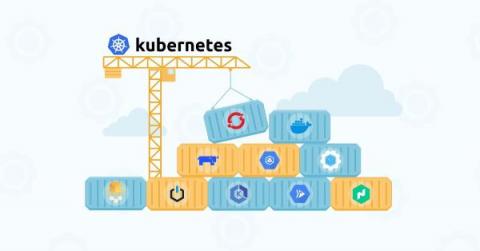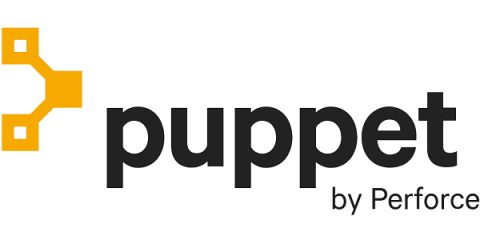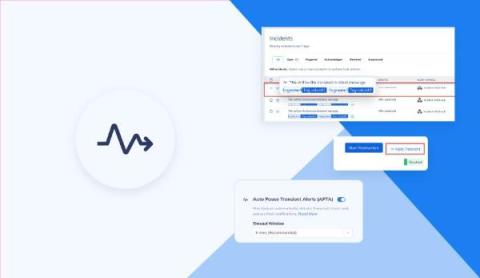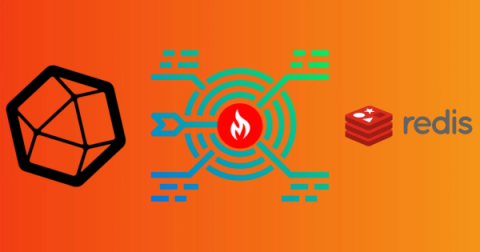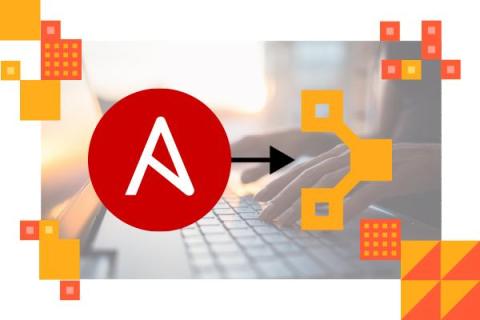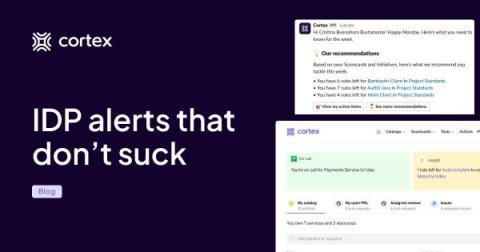Canonical's recipe for High Performance Computing
In essence, High Performance Computing (HPC) is quite simple. Speed and scale. In practice, the concept is quite complex and hard to achieve. It is not dissimilar to what happens when you go from a regular car to a supercar or a hypercar – the challenges and problems you encounter at 100 km/h are vastly different from those at 300 km/h. A whole new set of constraints emerges.





